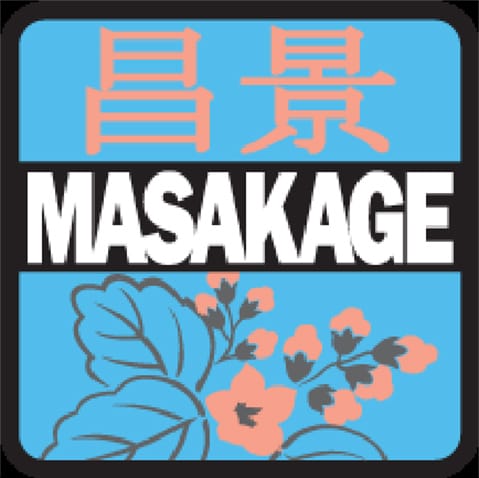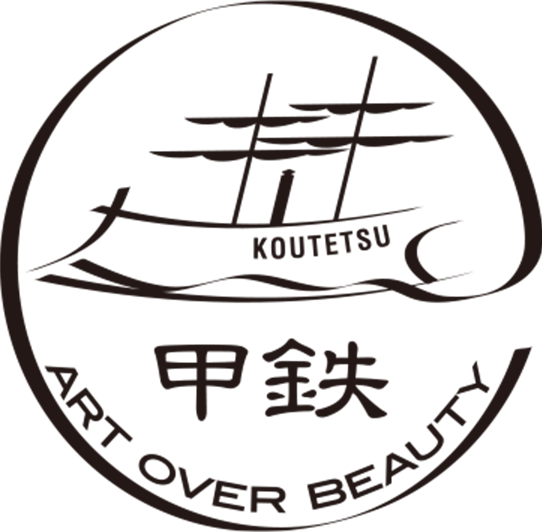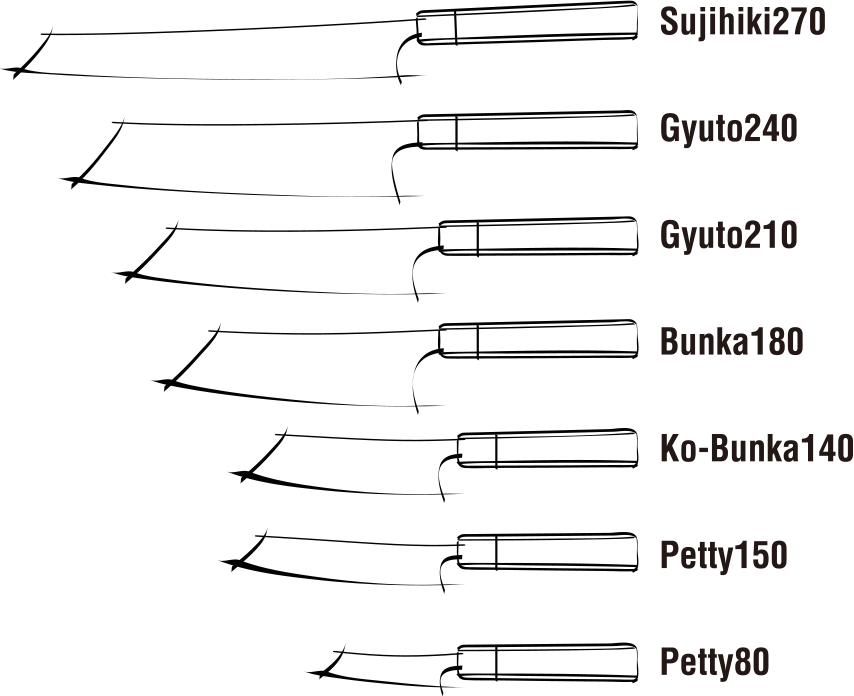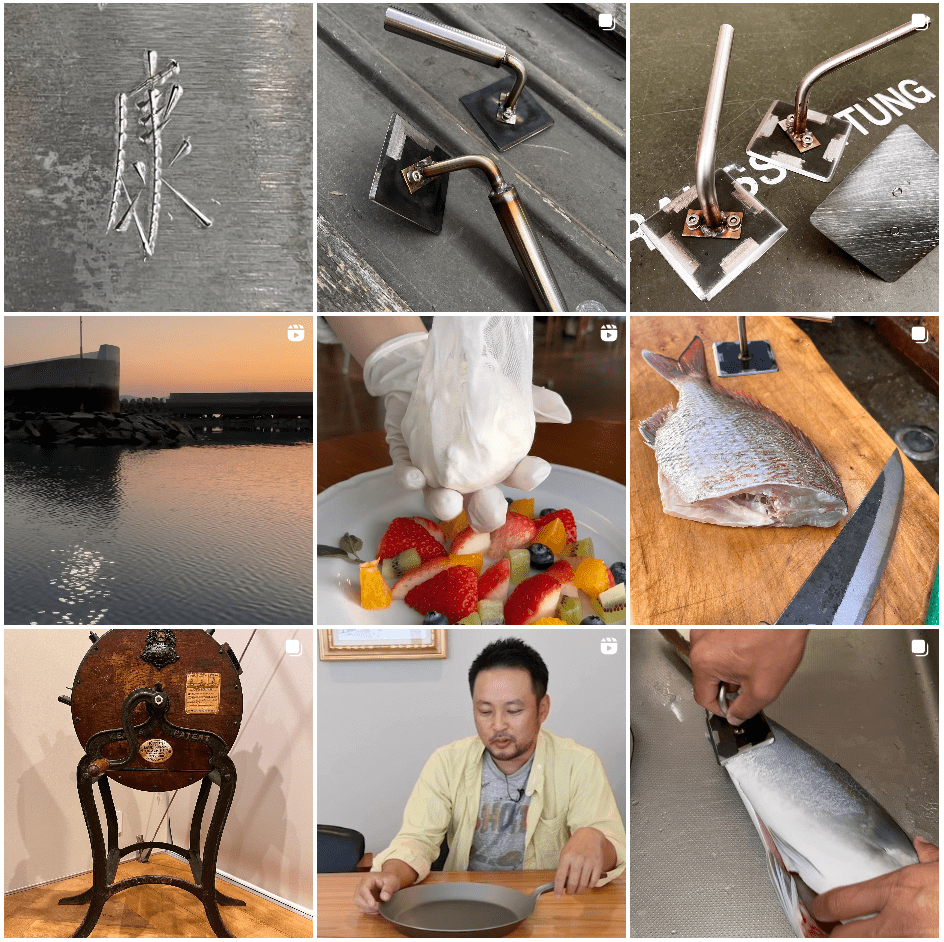WELCOME!
I started out selling knives. Now I make them and sell them in over 20 countries! Then I got into cooking for my family. This led me to make better frying pans, aprons, and more. This homepage showcases my products and introduces me. Welcome! Please look around. If you have any questions, please contact me. Takayuki Shibata
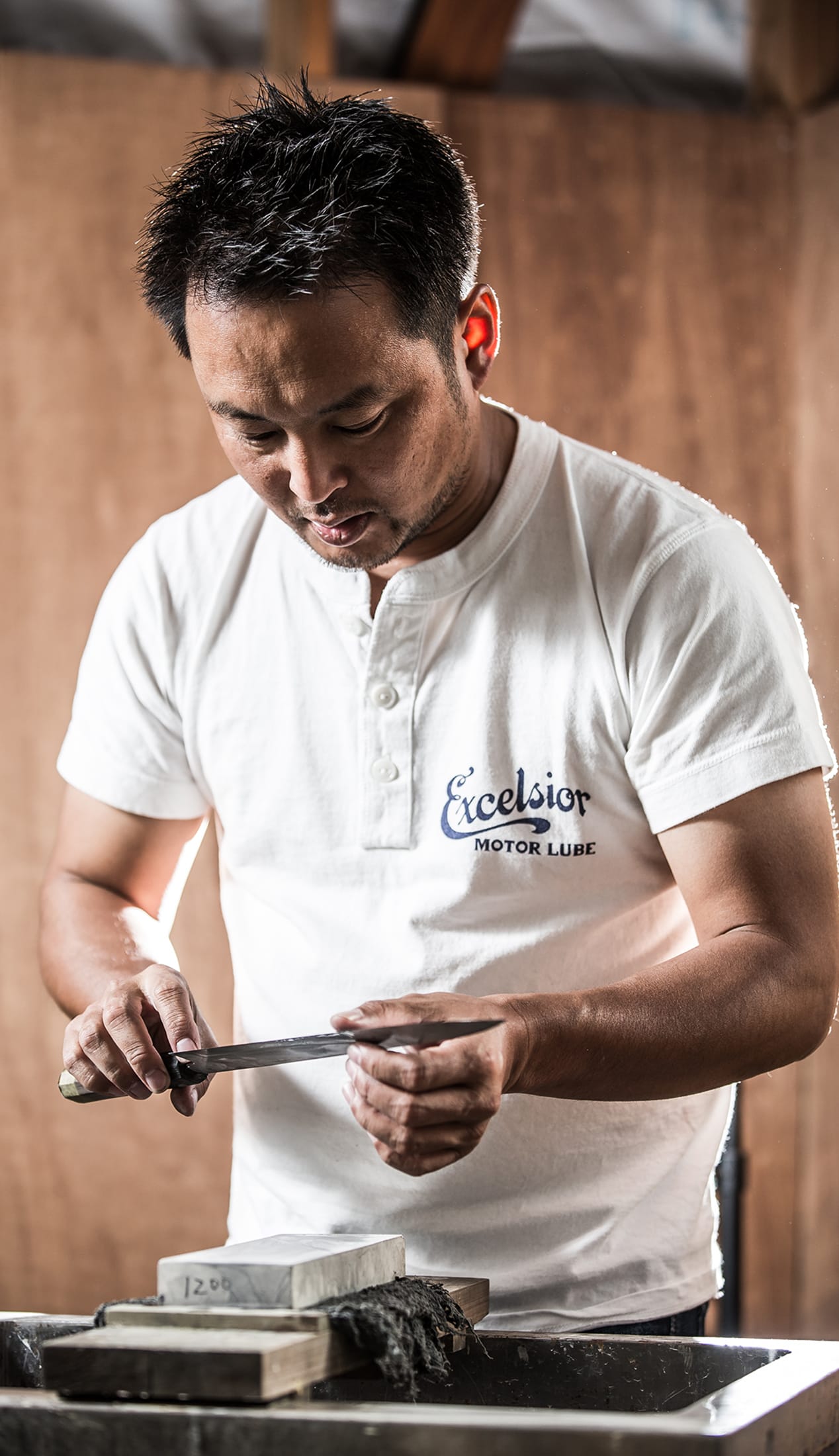
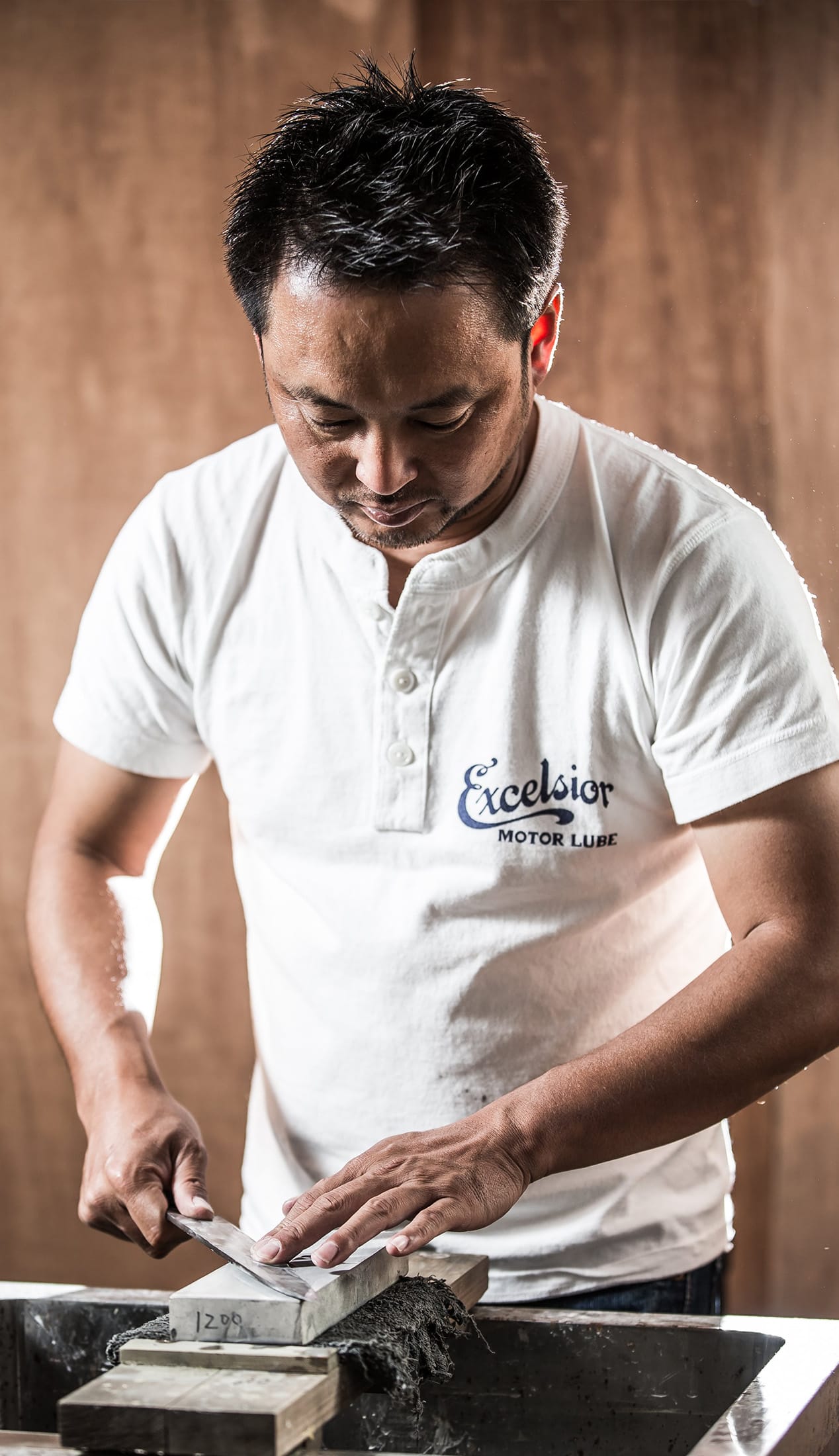
Shibataknives Story
1994 Age 15 Longing
School wasn't for me. I dropped out at 15, and got a job as a carpenter's assistant. My master taught me the basics of manufacturing. He was a qualified architect, 1st class. He didn't flaunt it. To those in the know, my master was in high demand. Sometimes I worked long after midnight...until my master was satisfied. In my 7 years with him, I learned the value of work and skill.
Then my master got a Harley Davidson motorcycle. That motorcycle led directly to Shibata Knives.
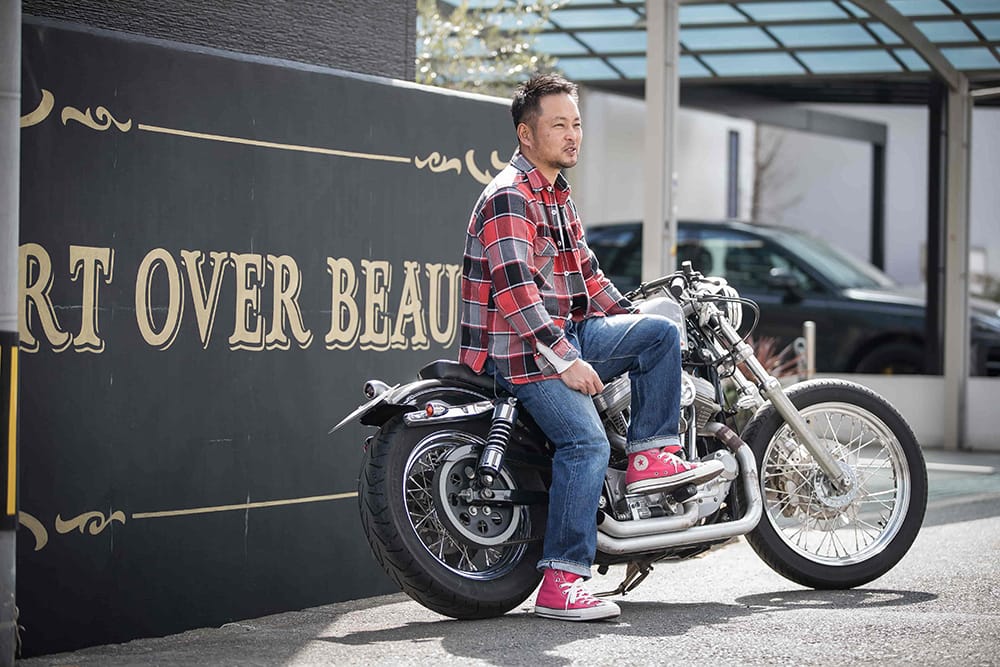
2002 Age 22 Reality
I fell in love with that Harley and the vision of America. So I left my master, and travelled the States. People spoke highly of my country. "Japanese appliances are the best!" "Japanese cars are great!" "Japanese manufacturing is tip-top!" I felt pride. I wanted to be part of it.
I came home. Got a job at an ironworks, and worked part-time on my high school diploma. I needed English. For my dream, I was going to need English!
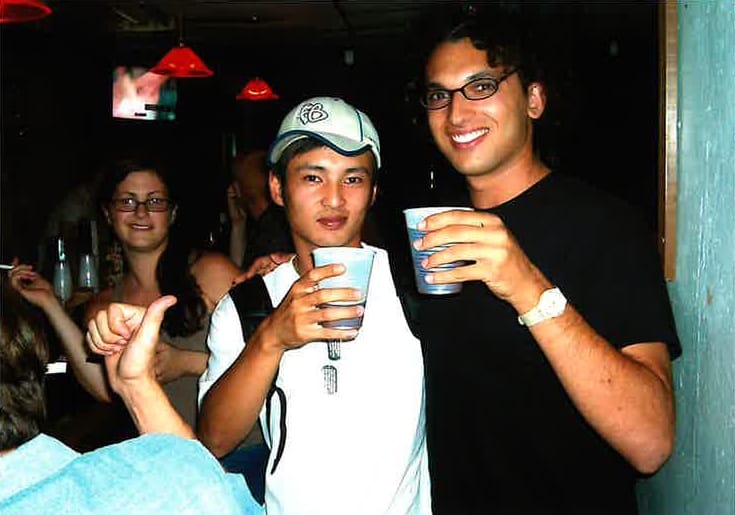

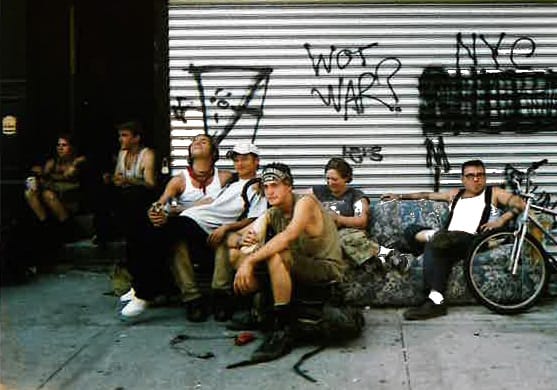
2006 Age 27 Knives
I wanted to be a sword dealer, but hmmm. Talk about barriers to entry. Samurai swords are rare and quite expensive! And as it turns out, not everyone needs an ancient samurai sword. But blades are cool. Hmmm. Everyone needs a kitchen knife. Everyone needs to eat! That's how I got into knives.
I found a blacksmith and apprenticed myself to him. He welcomed me warmly. Not many young people want to get into traditional industries. Some of the old skills were already being lost.
The forge of Japanese knives must not be extinguished! From this, Shibata Knives began.
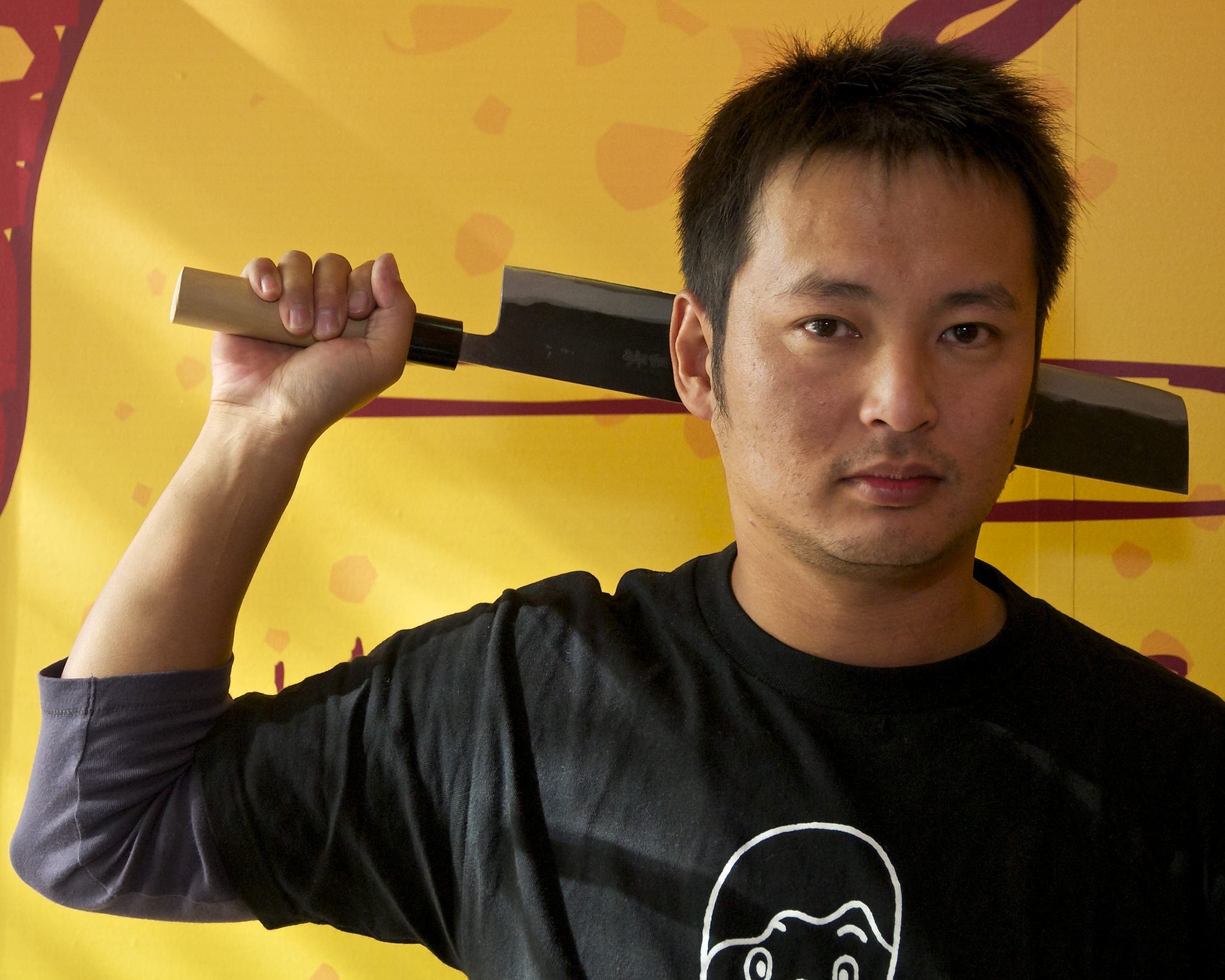
2007 Age 28 Sharpener
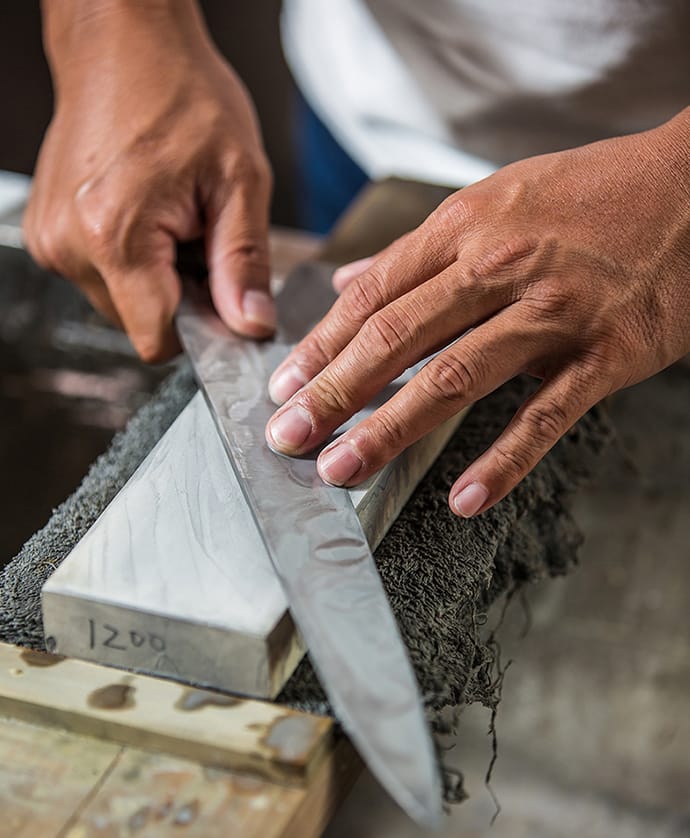
My blacksmith introduced me to Master Masami Asai of Fukui Prefecture. I fell in love with his knives, and purchased (to me) a large number. I started selling them. It was hard going. After a few months, customers started returning their knives.
"It's losing its edge."
Oh dear. Knives need maintenance? I had better be able to take care of my customers! Fortunately, I had a lot of time on my hands. I decided to master the craft of sharpening. I asked a local cutler to teach me. I sharpened and sharpened and sharpened. I invested in equipment, and saw my skill improve. All of this went into the KOUTETSU.
2008 Age 29 1st Brand
I made friends with Kevin, owner of knife shops in Canada. He helped me to grow my business and my confidence. I looked for cutlery shops on Google Maps, and sent enquiries. Sales grew more. I had partners in the USA, Canada, and Australia.
Meanwhile, the Japanese blacksmithing scene was grim. Smiths were retiring and dying, and no one was replacing them. I felt that I had to make my own brand.
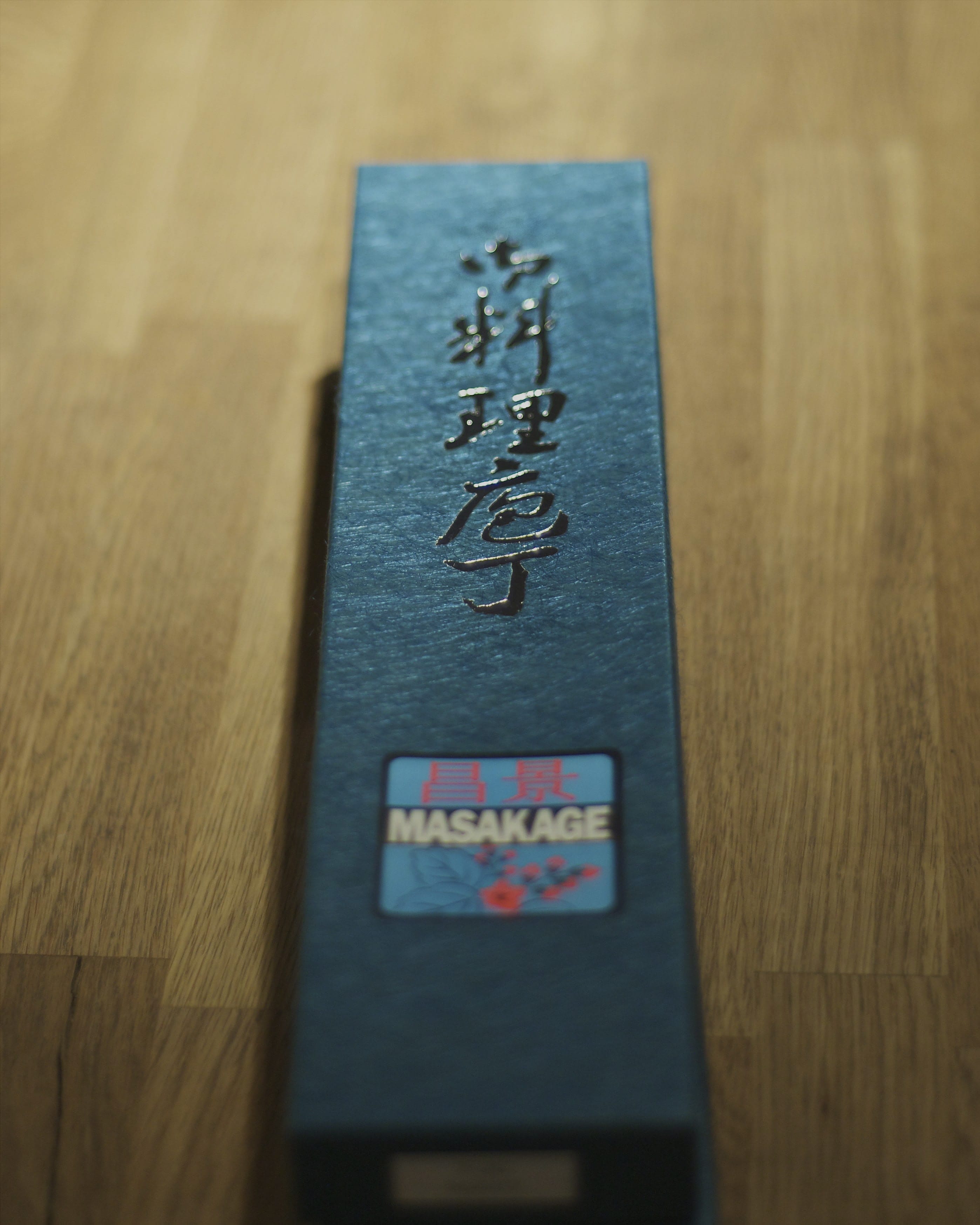
2013 Age 24 2nd Brand
KOUTETSU
Sales continued well. Now shops were contacting me! I put in bigger orders to my blacksmiths, but they could not keep up. I started thinking about making my own in-house knives.
My strength was sharpening, so I decided to lead with that. I pursued methods, materials, and blade designs to achieve and maintain maximum sharpness. and the shape of the blade to prolong its sharpness.
I got it together in my flagship product. It goes all over the world. And do you know what? I still can't keep up with production!

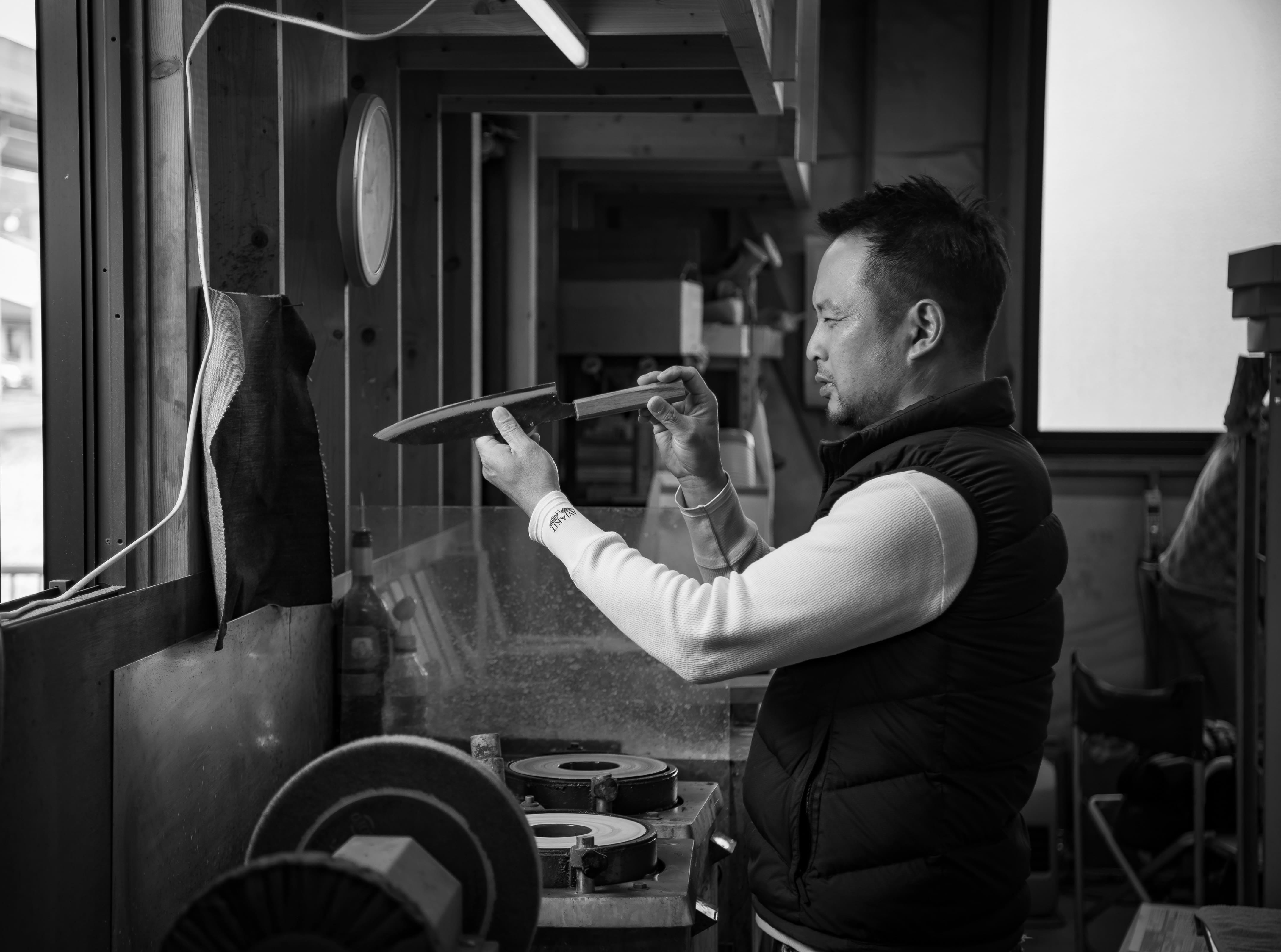
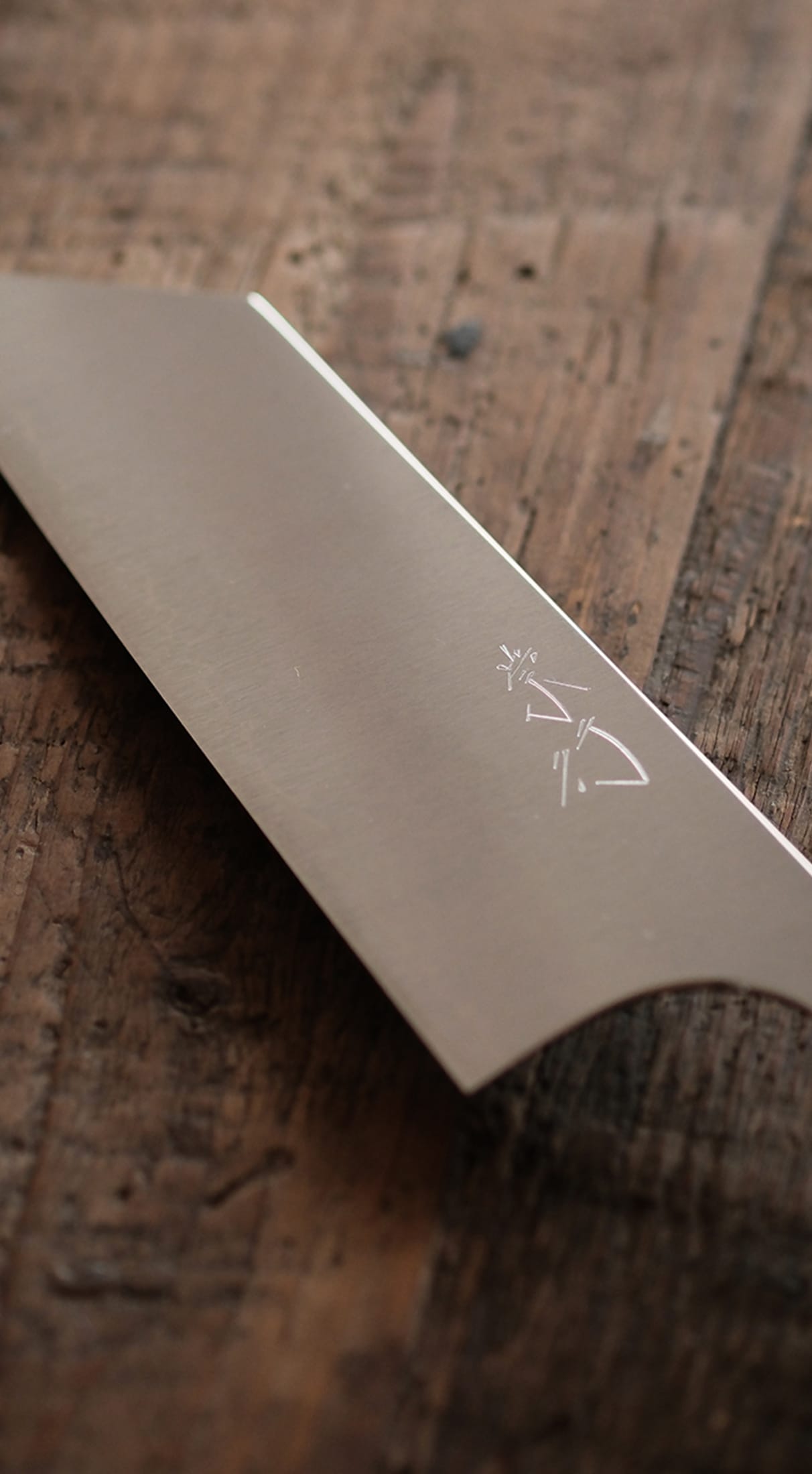
2015 Age 35 3nd Brand
Tsunehisa
There was nothing for it. To keep up with orders, I had to make a third brand.
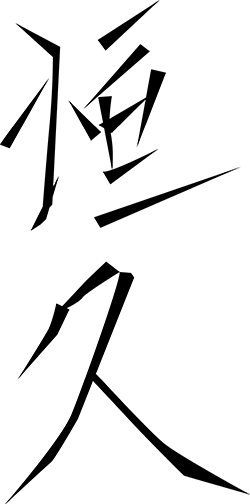
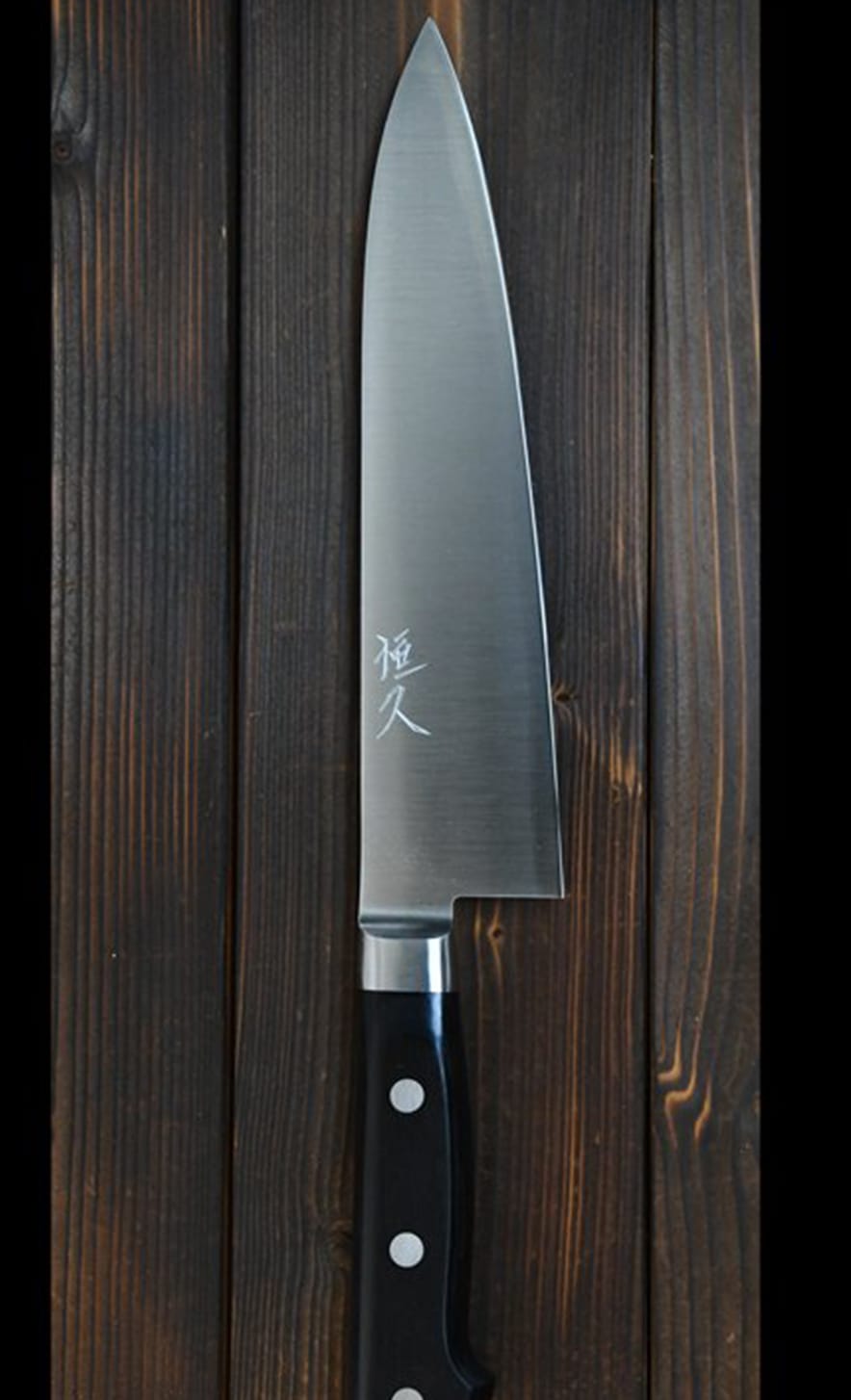
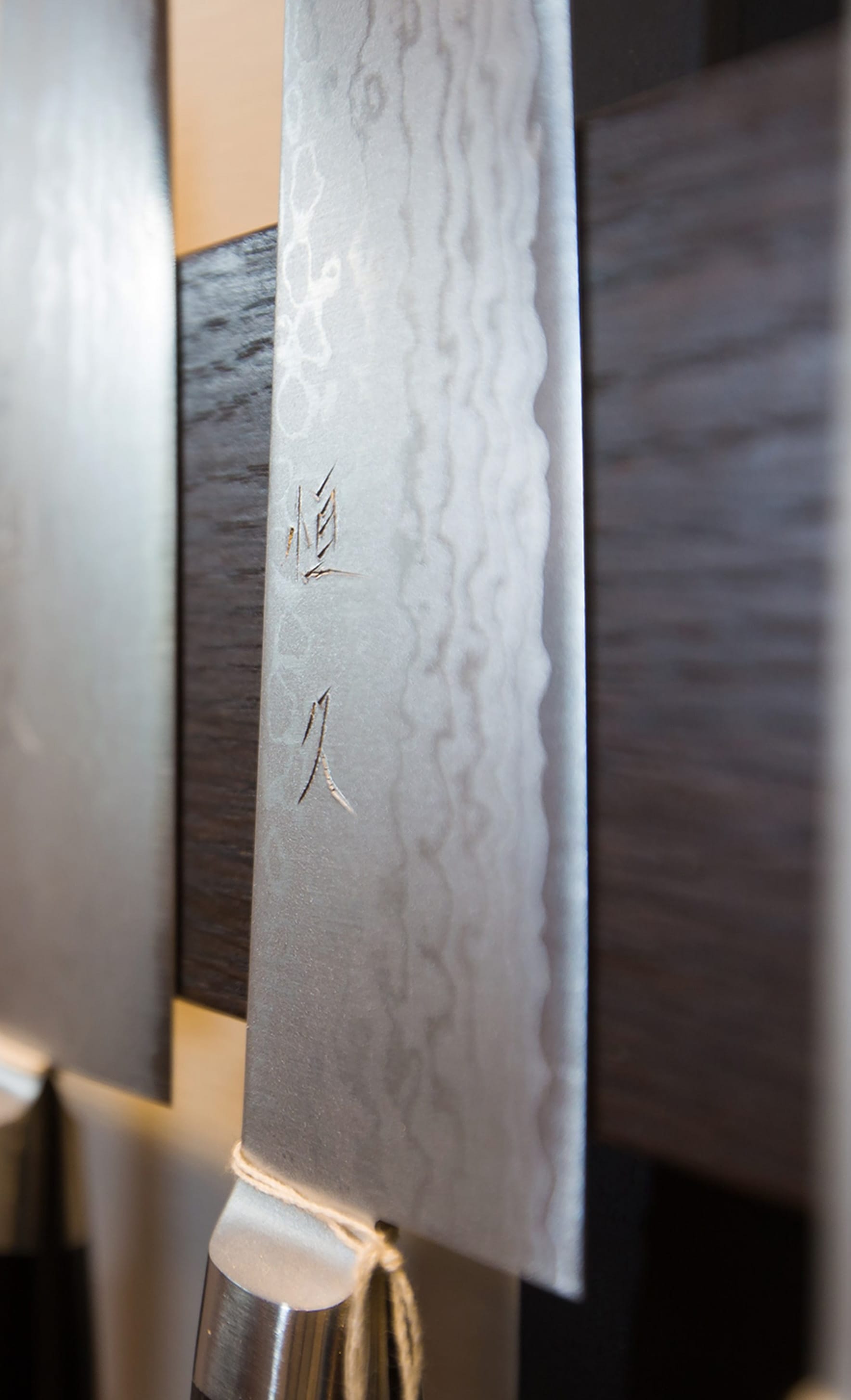
2017 Age 38 More Tools

The kitchen knife industry isn't huge. My name was getting known, and people were looking at Japanese craftsmanship and culture with more interest. I travelled a lot, doing resharpening demonstrations.
Coming home, I cooked for my family. I found that more tools were needed.
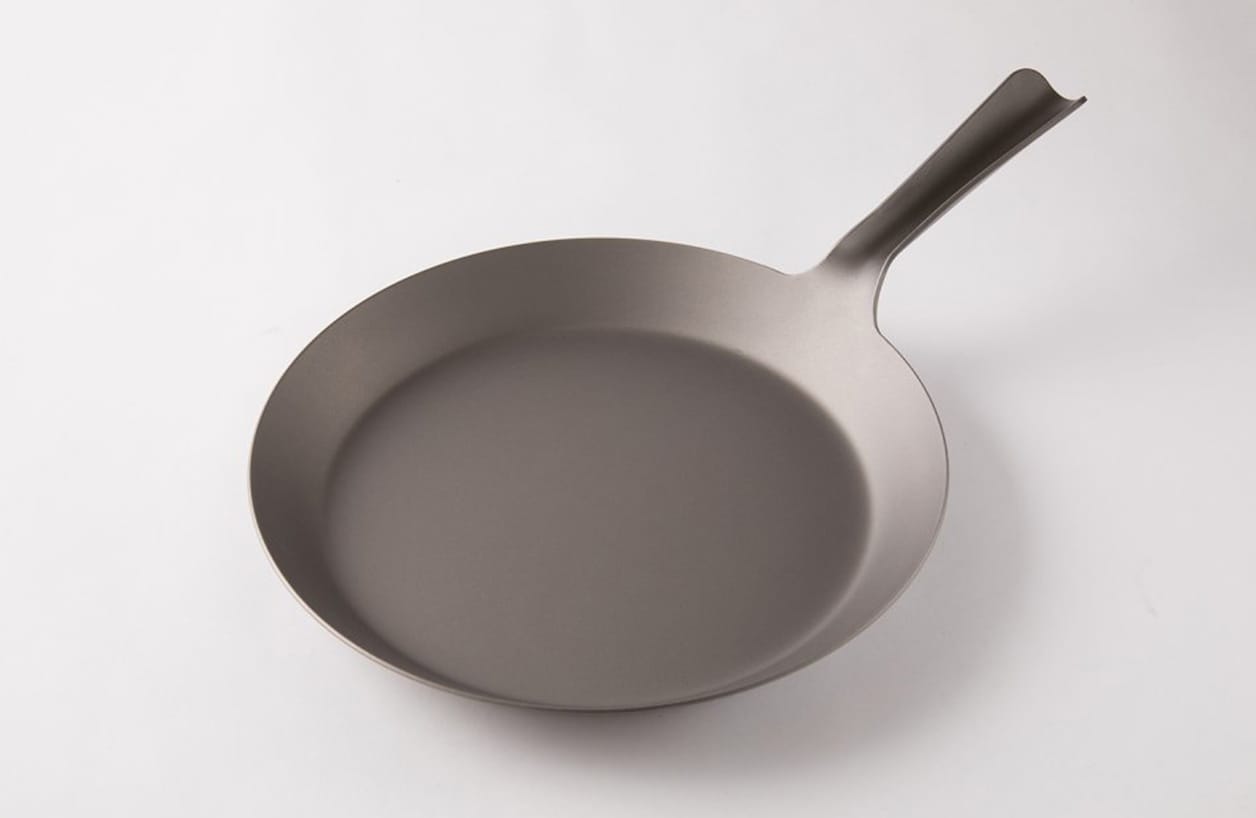
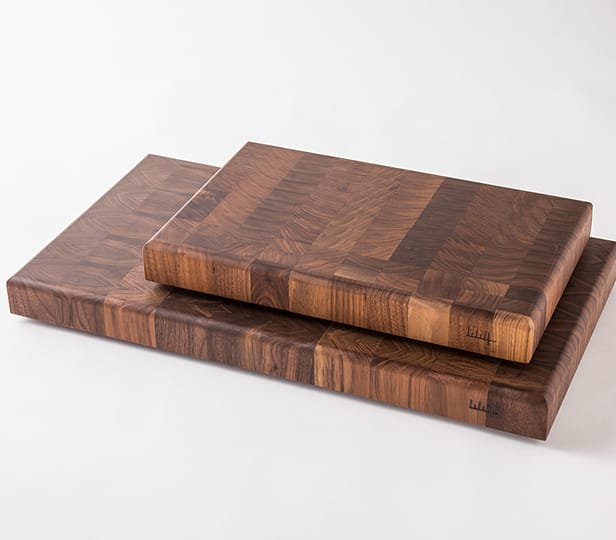
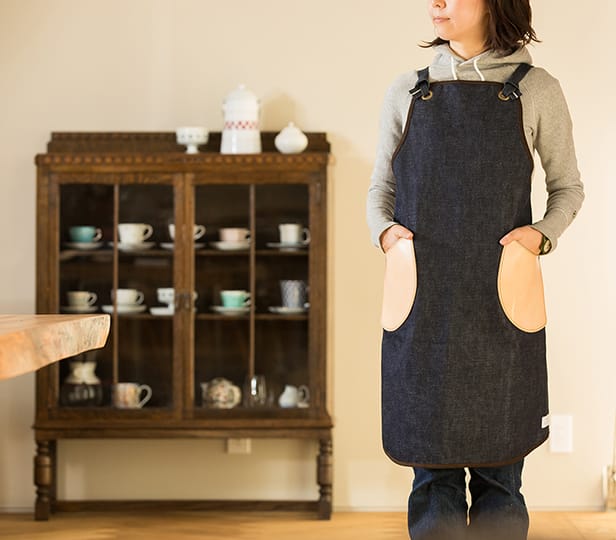
2018 Age 39 4th Brand
I made a lot of friends who are chefs. They had a lot of ideas.
"Hey, Shiba. Do you know if such-and-such a knife exists?"
"No, but I'll make a new brand."
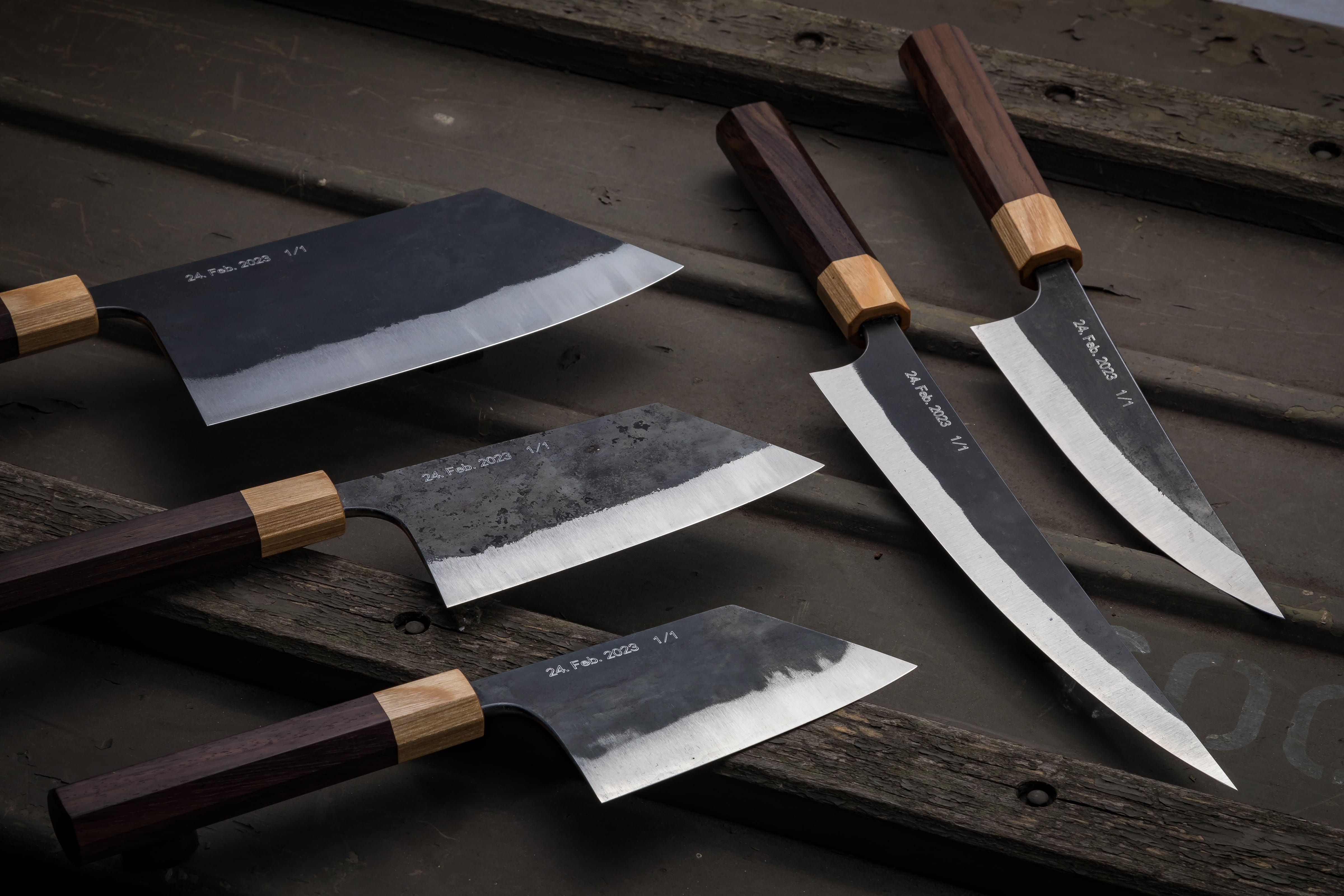
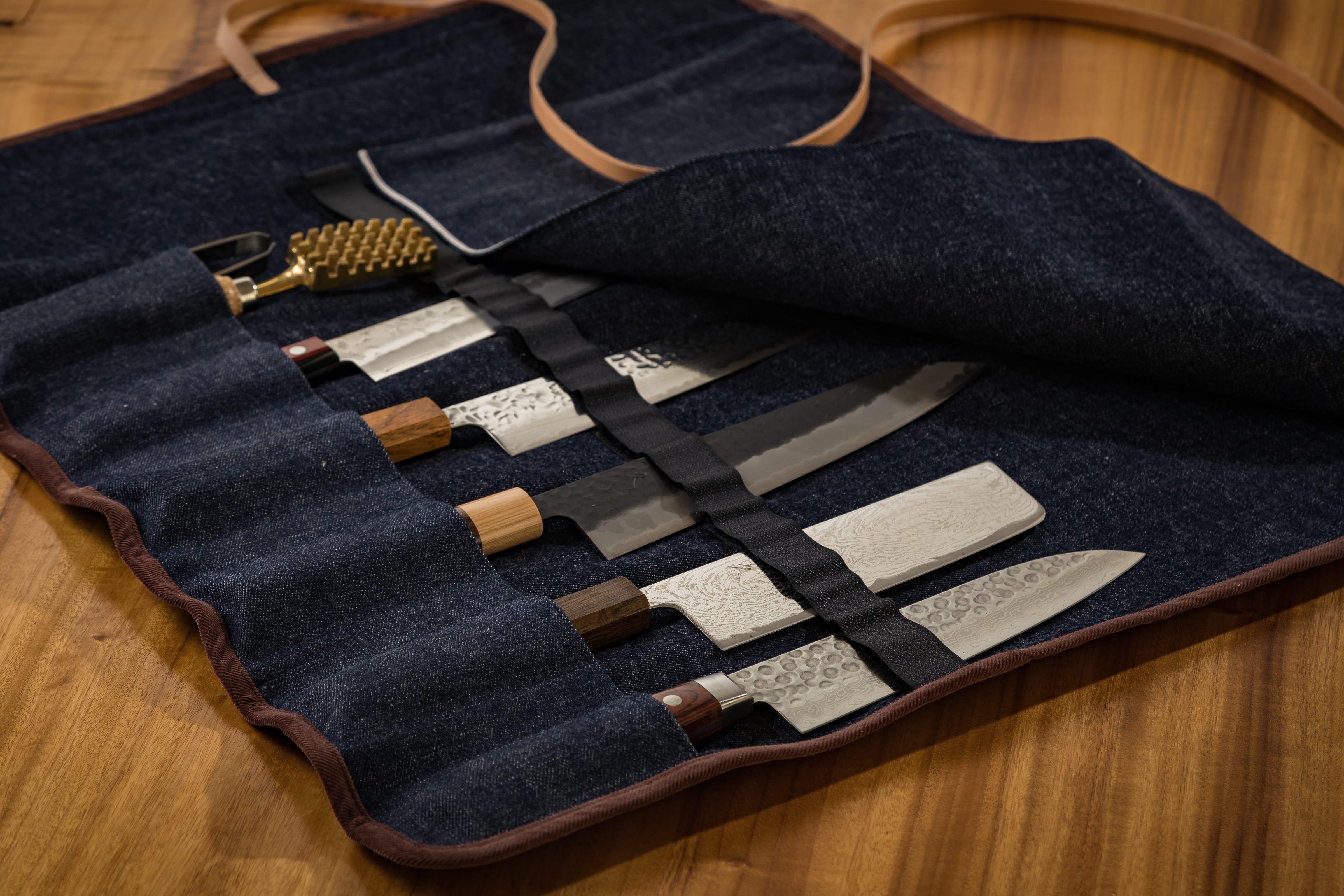

2022 Age 43 Ongoing
By selling Japanese knives overseas, I wanted to help the blacksmiths. Now they have younger staff, and I am happy to say that they have adopted some of my sharpening techniques. We have a great relationship.
When guests come to Fukuyama City, Hiroshima Prefecture, we enjoy boating and fishing, and this wonderful city.
We will try to keep making products out of a playful and curious spirit.
Retailers
You can buy
Shibata Knives From
If you would like to sell Shibata Knives please contact me at :

